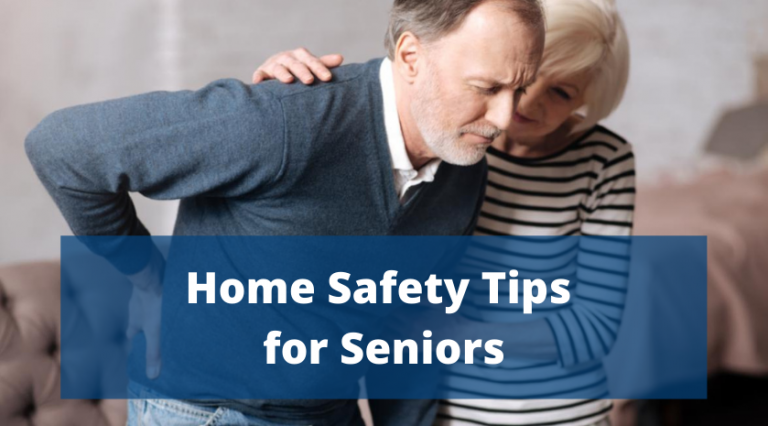Making a Home Safe for Seniors

Making a home safer for seniors is crucial for their well-being and independence. Here are some essential modifications and improvements you can make to ensure a safer living environment.
Improve Lighting:Install brighter lighting in hallways, entryways, and staircases to reduce the risk of falls. Use motion-activated lighting to make it easier to navigate at night. Amazonhas great choices for small motion activated lights.
Eliminate Tripping Hazards:Remove or secure loose rugs, cords, and clutter that can cause tripping.Ensure that all pathways are clear and free from obstacles.
Install Handrails and Grab Bars: Place handrails along staircases, hallways, and in the bathroom to provide support and stability. Install grab bars in the bathroom near the toilet, shower, and bathtub to prevent falls.
Ramps and Stairlifts: Install ramps or stairlifts to address steps and uneven thresholds. Consider an elevator if the home has multiple levels.
Widen Doorways: Widen doorways to accommodate wheelchairs, walkers, and mobility aids. Lever Handles: Replace traditional round doorknobs with lever-style handles that are easier to grip and turn.
Bathroom Modifications: Install a walk-in or roll-in shower with a bench or seat for easier access. Consider an elevated toilet or a raised seat with handrails. Use non-slip mats in the shower and on bathroom floors.
Kitchen Adaptations: Lower countertop heights to accommodate wheelchair users. Install pull-out shelves in cabinets for easy access. Use lever-style faucet handles for ease of use.
Smart Home Technology: Invest in smart home devices like voice-activated assistants, motion-activated lights, and smart thermostats for convenience and safety.
Emergency Alert Systems: Consider a personal emergency response system that allows seniors to call for help in case of a fall or medical emergency. Suggestions from AARP
Adequate Handicap Parking: If you have a garage or designated parking area, ensure it has sufficient space and a clear path to the entrance.
Non-Slip Mats and Treads: Use non-slip mats and treads on stairs, ramps, and slippery surfaces.
Regular Maintenance: Keep your home in good repair, addressing issues like loose handrails and wobbly steps promptly.
Adequate Home Security: Consider security measures, like doorbell cameras and monitored alarm systems, for added safety.
Medication Management: Set up a system to help seniors manage their medications safely and on schedule.
Accessibility Audits: Conduct regular audits of your home's accessibility to identify potential issues and make adjustments as needed. Did you know that Medicare will pay for one assessment from an OT annually?
Consult with Professionals: Occupational therapists, contractors experienced in senior home modifications, or aging-in-place consultants can provide valuable guidance in making your home safer.
Regular Communication: Stay in regular contact with the senior residents and their caregivers to ensure their needs are being met and to address any safety concerns.
Making these modifications to your home can significantly enhance safety and promote the independence of senior residents. It's important to customize these changes to meet the specific needs and preferences of the seniors living in the home. Regular reassessment and adjustment of safety measures are also crucial as their needs may change over time.
Have questions? I may not be able to answer them all, however I work with trusted and certified professionals that can. Call me today.


